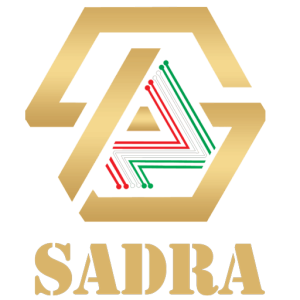Ethylene glycol is produced from ethylene through the intermediate ethylene oxide. Ethylene oxide reacts with water to produce ethylene glycol. The highest yield of ethylene glycol occurs at acidic or neutral pH with a large amount of water. In this condition, ethylene glycol efficiency of 90% can be obtained. The main byproducts are oligomers of ethylene glycol, diethylene glycol, triethylene glycol, and tetraethylene glycol.
MEG’s end uses range from clothing and other textiles and from packaging to kitchenware, engine coolant and antifreeze. Polyester and wool fabrics, covers, carpets and pillows, as well as light and strong polyethylene terephthalate containers and food containers are produced from ethylene glycol. The wetting properties (water absorption) of this material make it ideal for use in the manufacture of fibers, paper, glue, printing ink, leather and cellophane.
MEG is a colorless and odorless liquid with syrup-like consistency.
55% of MEG is used in making polyester fibers. 25% of MEG is used in polyethylene terephthalate – or PET – packaging and bottles.
Shell opened one of the world’s largest MEG plants in November 2009 at the center of its refinery and petrochemical complex in Singapore. The annual capacity of this factory is 750,000 tons.
The annual production of the MEG plant in Singapore can produce more than two million tons of polyester, which is enough to produce 6.7 billion polyester shirts – more shirts than the entire population of the world!
MEG is produced from ethylene via ethylene oxide, which in turn is hydrated using a thermal or catalytic production process.

How is monoethylene glycol produced?
The intermediate ethylene oxide is used to convert ethylene (ethene) to ethylene glycol. Ethylene oxide is obtained through oxidation and then reacts with water to produce monoethylene glycol with diethylene glycol and triethylene glycol as co-products:
C2H4O + H2O → HOCH2CH2OH
Acids and bases can catalyze this reaction, or it can occur at neutral pH at high temperature.
Monoethylene glycol is also made by hydrogenating dimethyl oxalate in the presence of a copper catalyst or by acetylation of ethylene.
Global demand for monoethylene ethylene glycol (MEG) is a $25 billion market and is expected to grow by 6% annually through 2024. One of the reasons for the annual growth forecast is the increase in the production of polyethylene terephthalate (PET) and the increase in demand for polyesters in Asia and the Pacific. Most of the demand for this product comes from China, where approximately 70% of the world’s MEG production is consumed.
How is monoethylene glycol stored and distributed?
According to NFPA 704, monoethylene glycol is rated zero in volatility, indicating that monoethylene glycol is generally stable. Monoethylene glycol vapors are heavier than air and disperse. Due to its high flash point, this chemical has a flammability rating of 1, indicating that it requires significant preheating for ignition. But in MEG storage, it should be kept away from heat, sparks and open flames. In the event of a fire, alcohol-resistant foam or water spray should be used to fight the fire with a focus on preventing material from leaking into water sources or sewers.


